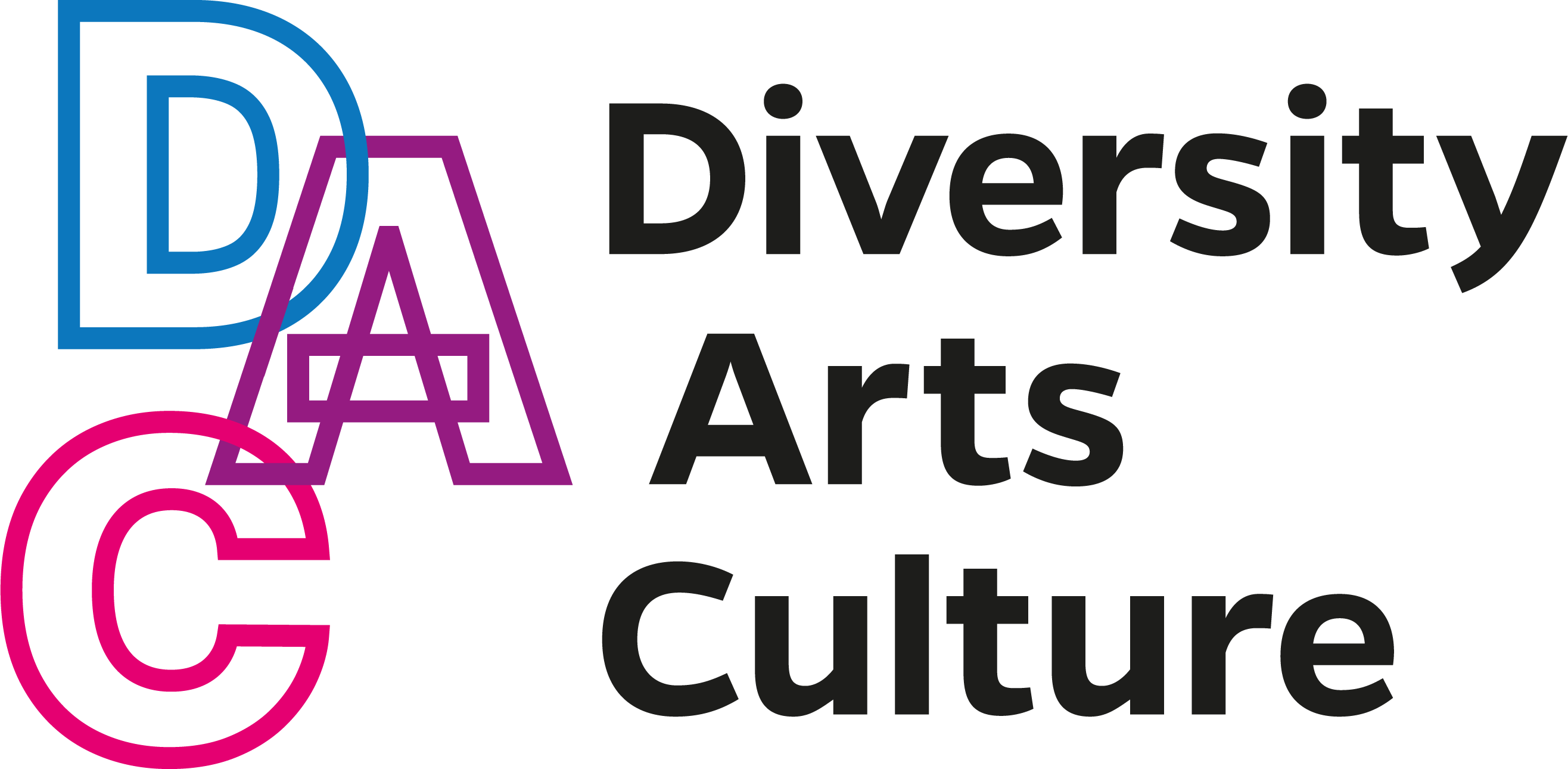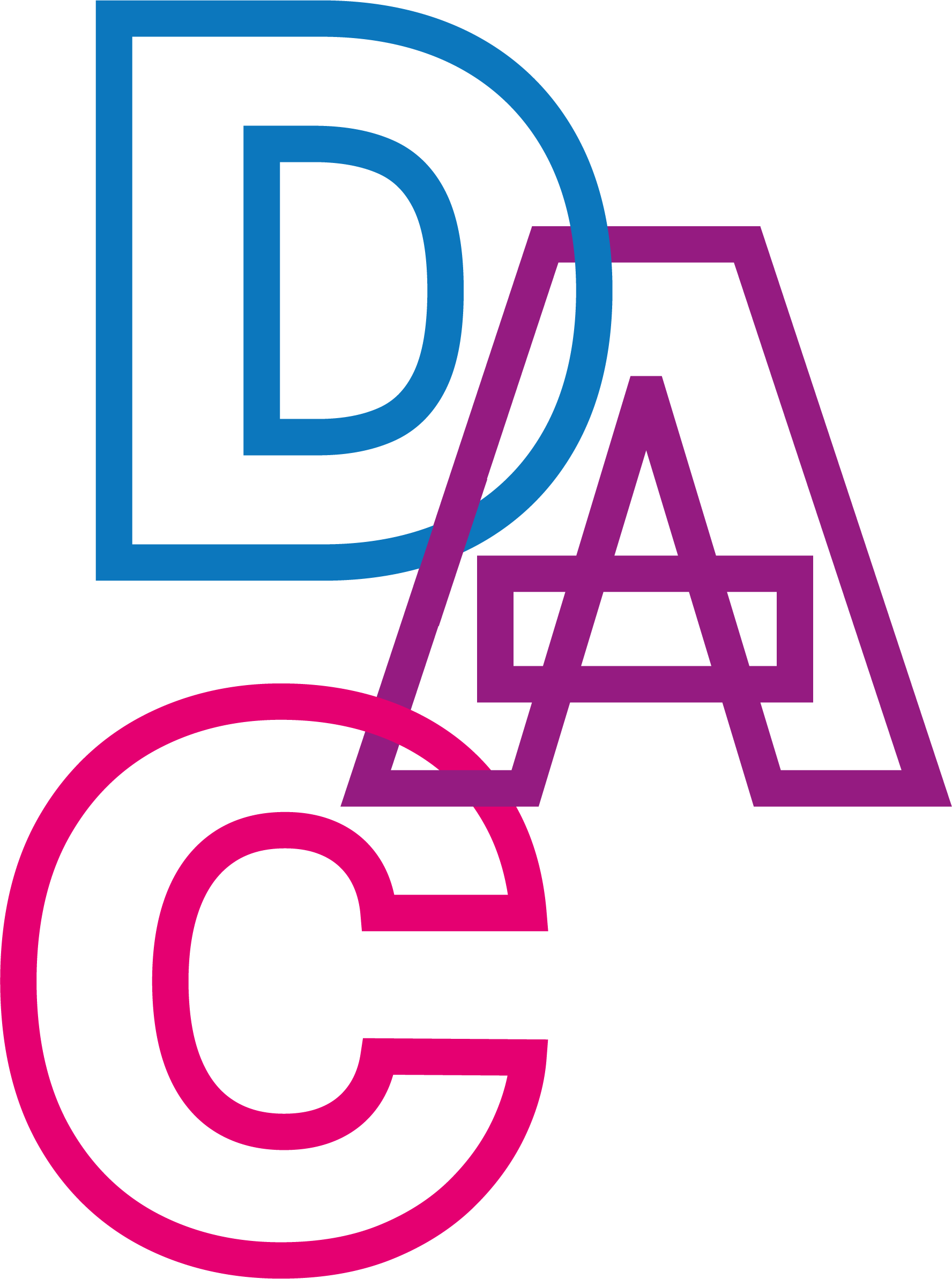Services for Institutions
A Critical Approach to Discrimination in Cultural Work
A Critical Approach to Discrimination in Cultural Work
Lots is happening in Berlin’s cultural sector. A growing number of cultural institutions are responding to societal debates about diversity and equal opportunity. They want to become more accessible, break down structural barriers and become a place for the many rather than the few. The terms diversity and inclusion receive a great deal of attention, but are often understood and defined very differently. Only recently debates have started to include a definition of diversity, which critically engages discrimination, applies an intersectional lens and explicitly centers marginalized perspectives.
There is a long history of critiquing art institutions: Whether these are anti-capitalist, queer, feminist or anti-racist positions, or are critiques, articulated by the Disability Arts movement or the Black Arts Movement, they all demand equitable access to cultural institutions and adequate representation within them. Some of these demands have been advanced since the 1960s. There are also a growing number of initiatives, collectives and coalitions within the cultural sector who challenge the working conditions in art production and the exclusionary organizational structures of the cultural sector. Increasingly these groups demand that processes within institutions are diversified in ways that critically engage power and ensure the redistribution of resources within and outside of institutions.
But how do we identify and transform power structures and mechanisms of exclusion within the cultural sector while critically engaging discrimination? How can we ensure change without tokenizing marginalized cultural workers? In other words, how can we include them in meaningful ways rather than for the purpose of enhancing an institution’s image? What encompasses accessibility beyond the obligatory ramp? How can we create empowering organizational structures and spaces for marginalized employees? How can anti-discrimination be embedded within the structures of an organization in accordance with the General Equal Treatment Act (AGG)?

